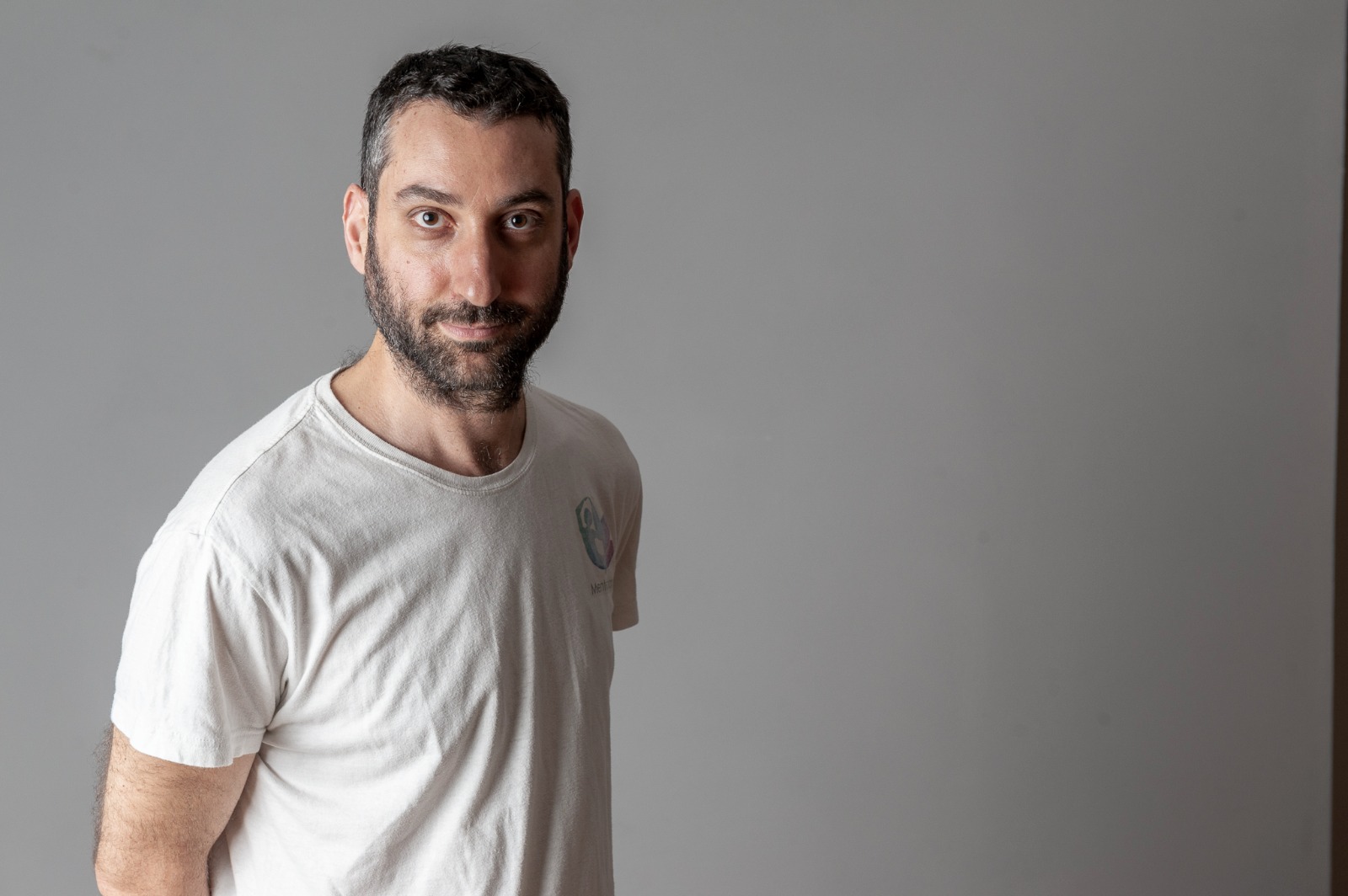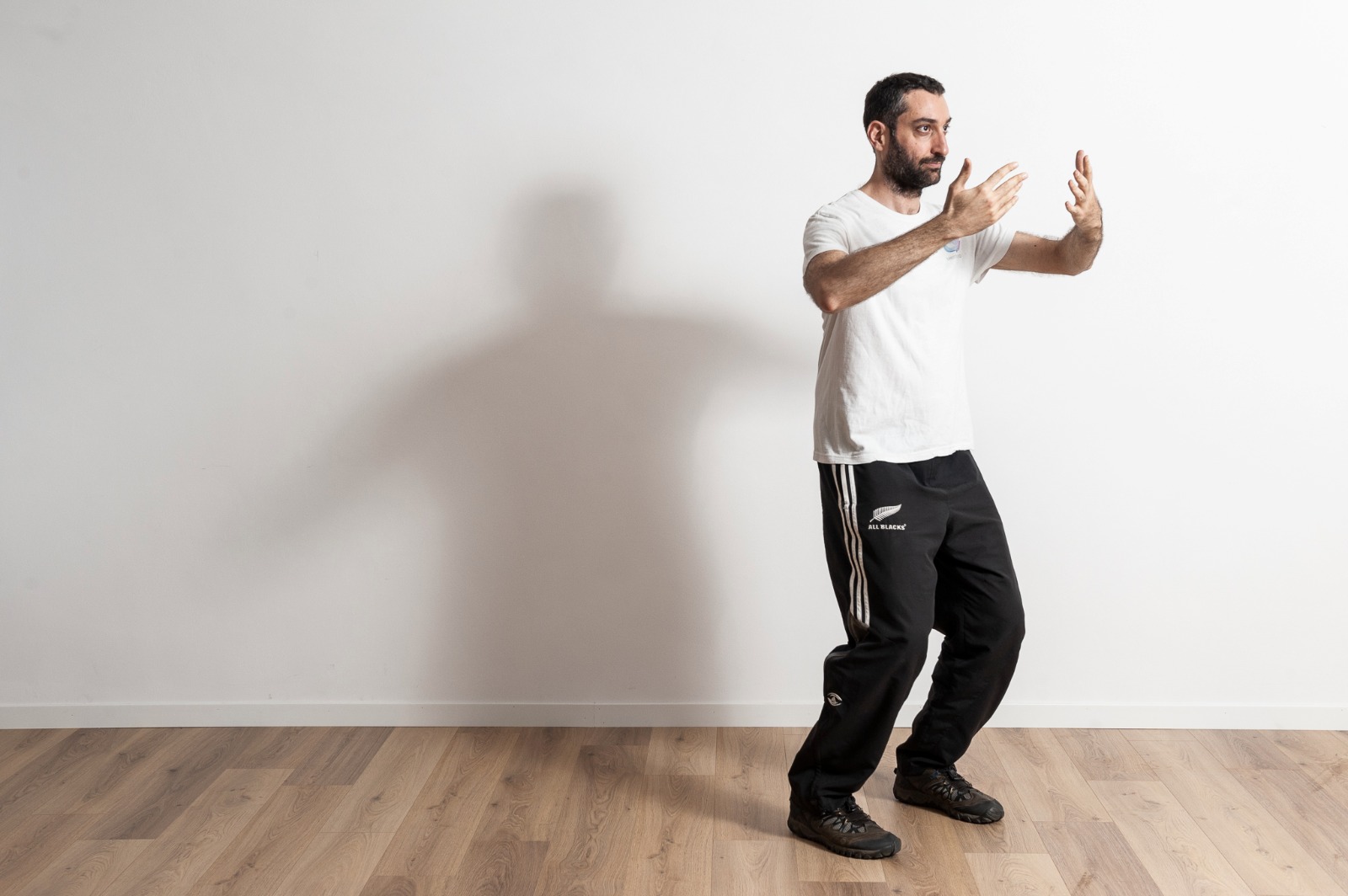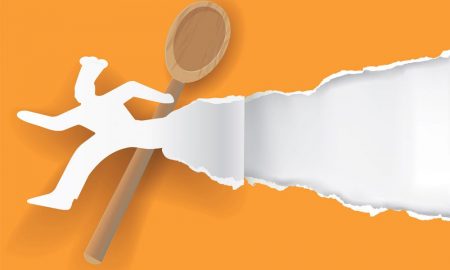

Today we’d like to introduce you to Alessio Longo.
Hi Alessio, so excited to have you with us today. What can you tell us about your story?
I started my journey in Martial Arts back in 1998, and a couple of years later, I dove into the world of Tai Chi, Qigong, and Meditation. In 2005, I earned my Master’s degree in Oriental Studies, which deepened my connection to Eastern philosophy and practice. Not long after, I moved to China and spent several years living, learning, and immersing myself in the culture that had inspired me from the beginning.
Since 2012, I’ve been teaching professionally—certified in Tai Chi, Qigong, and Meditation—and sharing these powerful internal arts with others has been one of the most rewarding parts of my life. Over the years, I’ve had the privilege of teaching more than 400 people.
I founded The Flow – Tai Chi Chuan in Italy (taichiflow.org) and later brought that same passion to the U.S., where I started Miami Taichi (miamitaichi.org). I also run an online platform, TaichiFlow, to make these ancient practices more accessible to everyone, regardless of their location.
Alongside my work in the internal arts, I’ve also served as an HR and Training Manager—so helping people grow, both personally and professionally, has always been at the heart of what I do.
I’m sure it wasn’t obstacle-free, but would you say the journey has been fairly smooth so far?
Absolutely not—it’s definitely not been a smooth road. Transitioning from a stable 9-to-5 job into teaching Tai Chi full-time was one of the biggest leaps of faith I’ve ever taken. Leaving behind a steady paycheck, clear career path, and all the structure that comes with a corporate job wasn’t easy. There were moments of doubt, financial uncertainty, and the kind of internal resistance that kicks in when you step outside your comfort zone.
I had worked as an HR and Training Manager, so I was used to systems, schedules, and predictable outcomes. Teaching Tai Chi, on the other hand, felt more like planting seeds in the dark—hoping they would grow, but never fully knowing how or when. Building a student base, gaining trust, and explaining the value of internal arts in a world that often prioritizes fast-paced fitness over mindful movement required patience and persistence.
And then came the pandemic.
Like so many others in this field, I saw classes drop overnight. Studios closed, workshops were cancelled, and the sense of community we’d built in person was suddenly out of reach. Teaching practices that rely so much on presence, energy, and physical space had to somehow migrate online—and fast. I had to adapt quickly, learning new technologies, restructuring my approach, and figuring out how to create a connection through a screen. It was humbling, exhausting, and at times deeply disheartening.
But looking back, those struggles also taught me a lot—about resilience, about adaptability, and about staying true to your purpose, even when the path gets rough. In many ways, the challenges deepened my understanding of the very principles I teach in Tai Chi: balance, flow, and the strength that comes from softness.
Can you tell our readers more about what you do and what you think sets you apart from others?
On top of all that, there’s the daily commitment—the discipline of training every single day, no matter what. Tai Chi isn’t just something I teach; it’s something I live. It requires consistency, presence, and a kind of quiet dedication that doesn’t always fit easily into the rhythm of everyday life, especially when you have a family.
Balancing personal practice with family responsibilities has been one of the ongoing challenges. Mornings often start early, before the house wakes up, or late in the evening, after everyone’s settled down. I’ve had to learn how to weave practice into the flow of the day—sometimes that means a full training session, sometimes it’s just ten mindful minutes between school runs and meals. It’s a dance, really—just like Tai Chi itself.
At the same time, I’m always on a quest to evolve—not just as a practitioner, but as a teacher. I’m constantly studying, exploring new practices, attending workshops, reading, and trying out different teaching methods. I never want to teach on autopilot. Every student is different, and so I’m always experimenting with new ways to make the internal arts more accessible, more meaningful, more alive for whoever’s in front of me.
Whether it’s refining how I guide people through their first form or creating online content that still carries the depth of the practice, the learning never stops. And honestly, that’s what keeps it exciting. This path isn’t easy—but it’s incredibly rewarding. It asks for a lot, but it gives even more in return.
We all have a different way of looking at and defining success. How do you define success?
For me, success isn’t about numbers, titles, or even how many students I’ve taught—it’s about alignment. It’s when who I am, what I do, and what I believe in are all moving in the same direction.
Success is waking up in the morning and feeling connected to my purpose. It’s being able to spend time with my family, while still dedicating myself to my practice. It’s watching a student light up because something finally clicked in their movement or mindset. It’s creating space—for others and for myself—to grow, breathe, and find balance in a chaotic world.
There was a time when I thought success meant security: a steady job, a clear path, a retirement plan. But over time, I’ve come to see that real success is fluid. It flows—just like Tai Chi. Sometimes it looks like growth and momentum, other times it looks like stillness and reflection. And both are valuable.
Ultimately, success is feeling at peace with where I am, while still being curious about where I’m going. It’s the ability to keep learning, keep evolving, and keep showing up—with honesty, with humility, and with heart.
Pricing:
- Trial class $ 20
Contact Info:
- Website: https://www.miamitaichi.org













